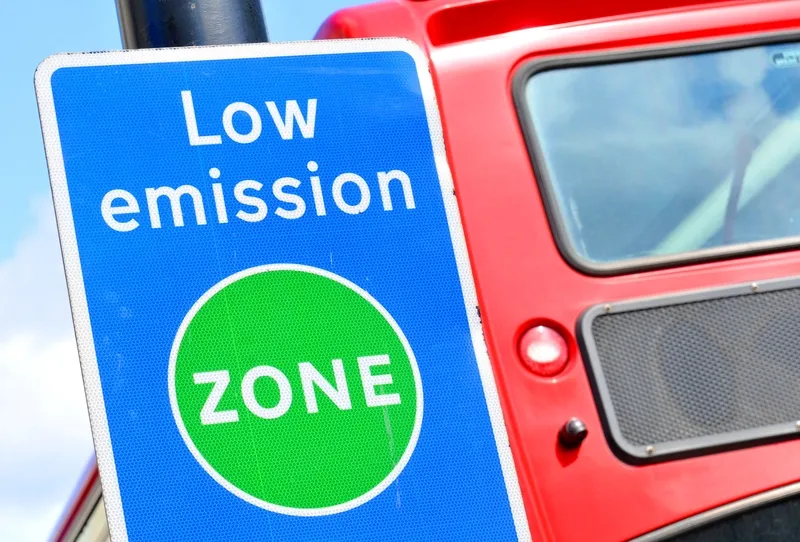Marwis mobile road weather sensor can be mounted on vehicles and reports in real time
By Adam Hill
March 10, 2022
Read time: 1 min

Lufft says its Marwis product is the first-to-market mobile road weather sensor that reliably records road conditions and environmental data, allowing agencies to extend their monitoring networks.
It can fill in gaps between road weather stations or identify sites for new stations, and can be mounted on nearly every car or bigger vehicle, the manufacturer says.
As well as offering flexibility, it measures up to 100 times per second when the measuring vehicle is on the move and reports data in real-time.
Data can be tracked using the Marwis app and forwarded to the cloud-based ViewMondo monitoring software, which is a customisable, state-of-the-art software package that captures measurement data from various sources.









